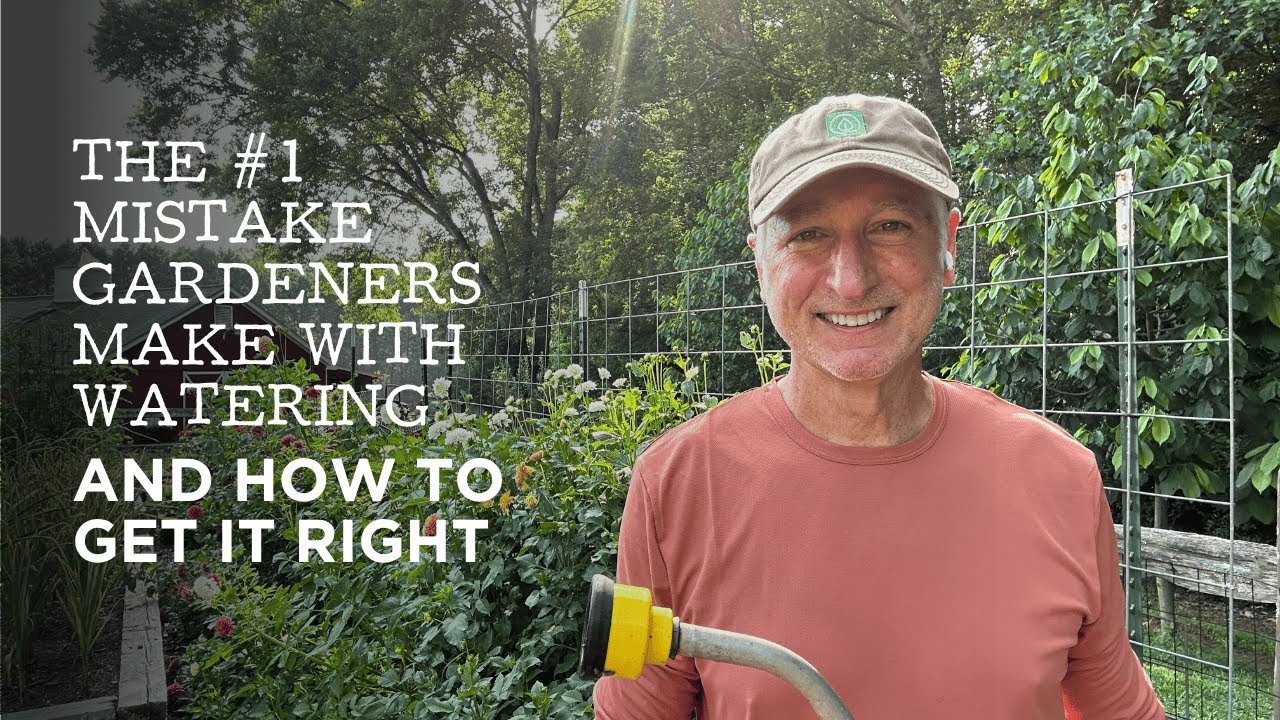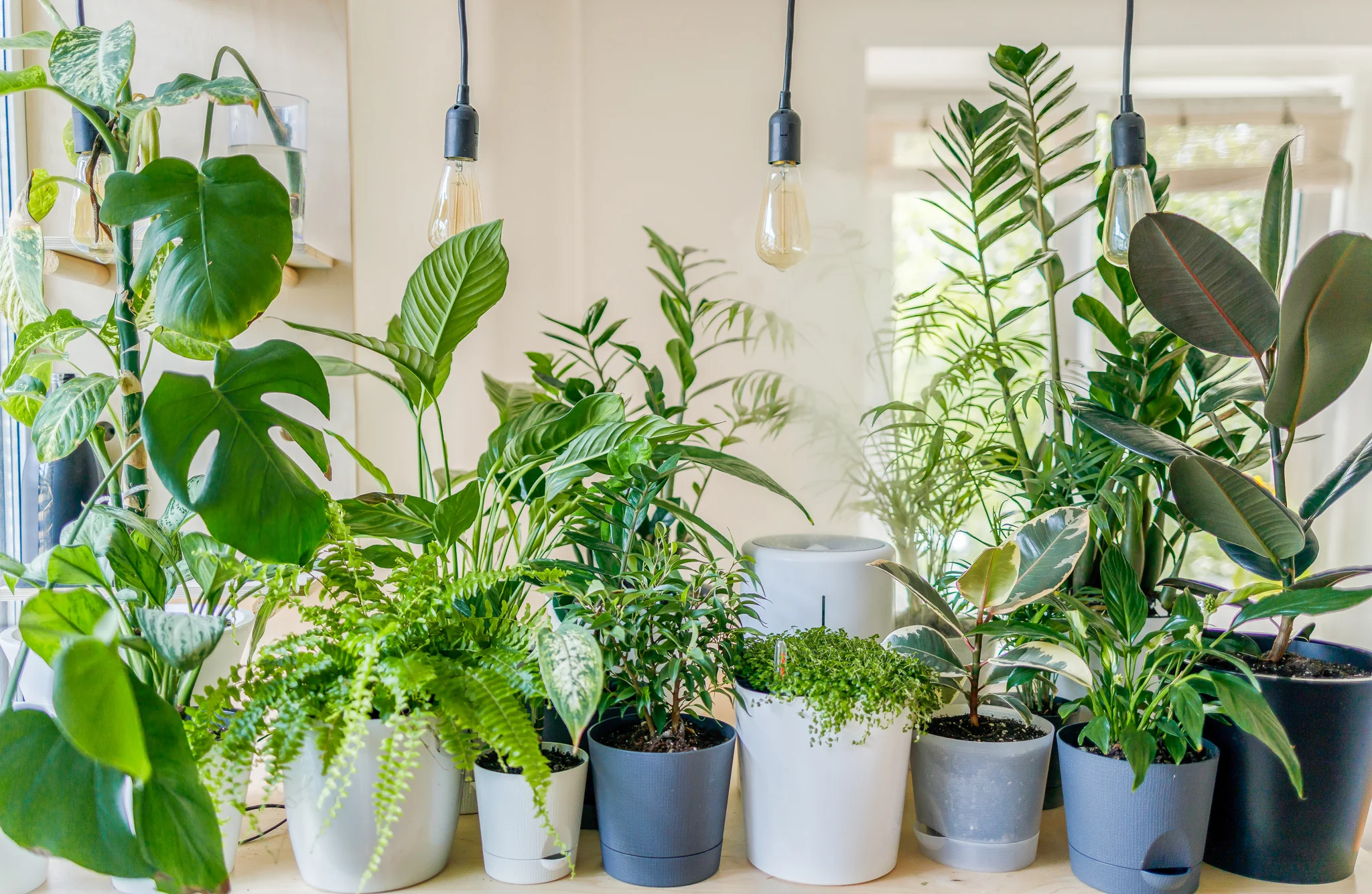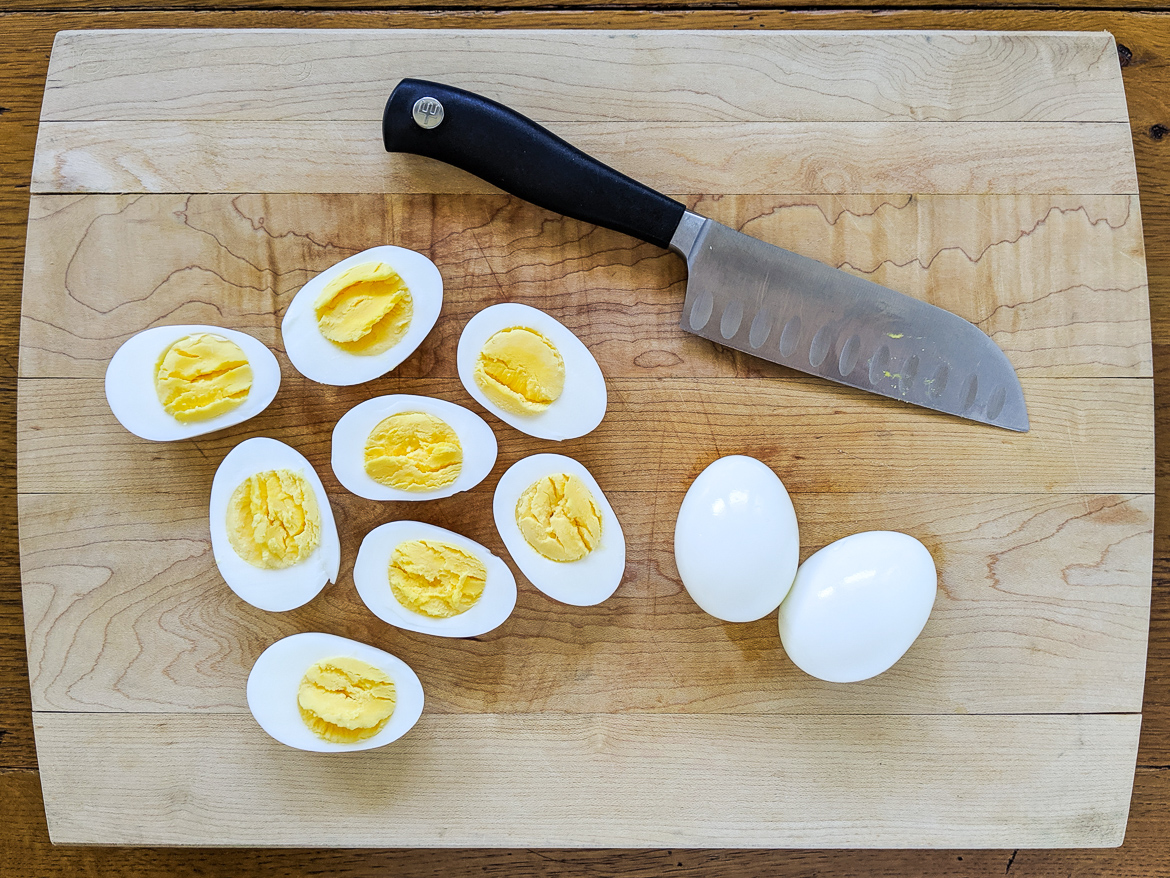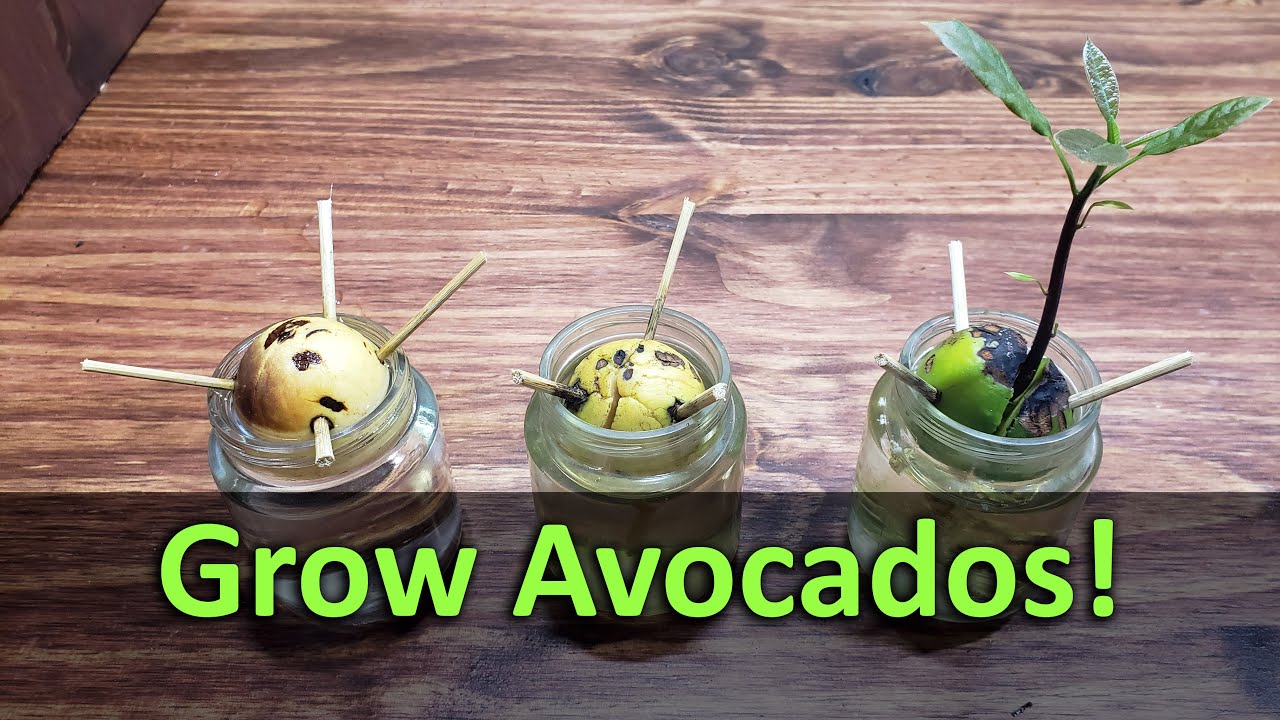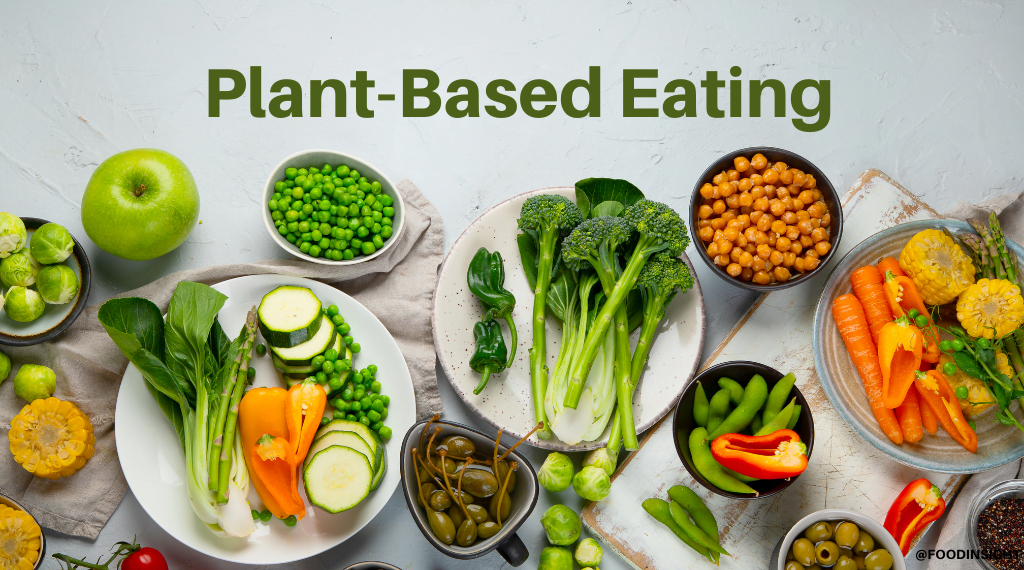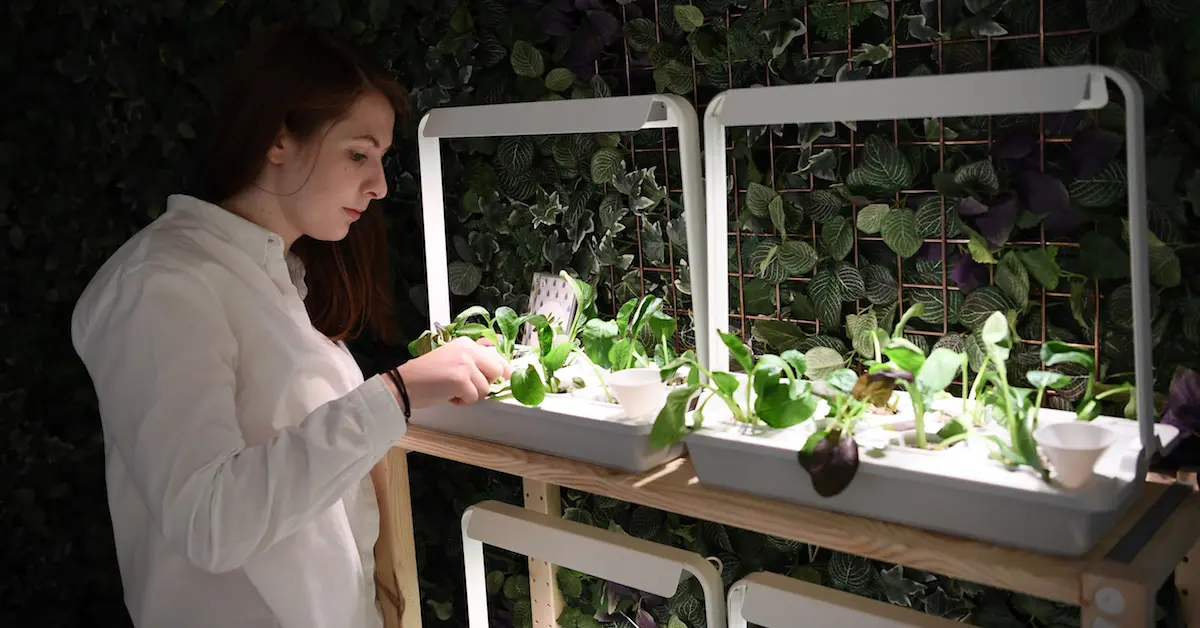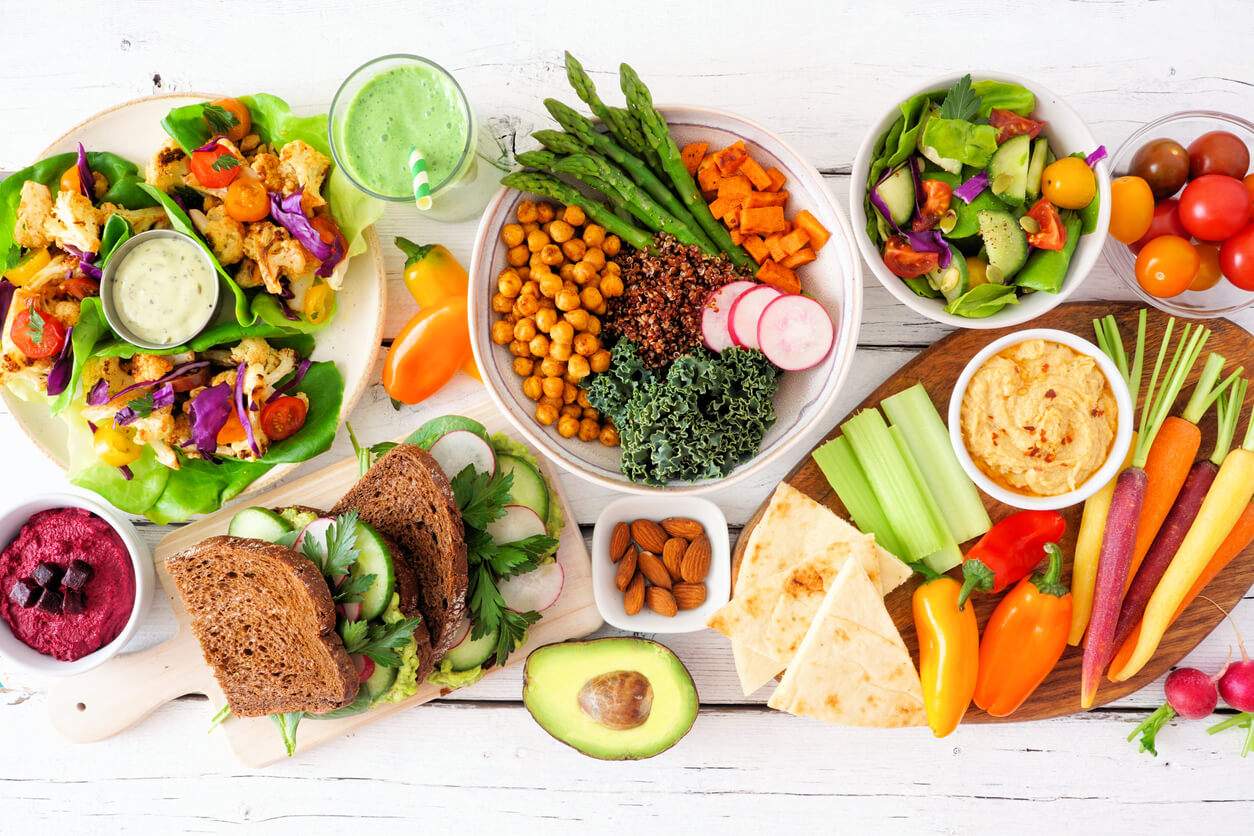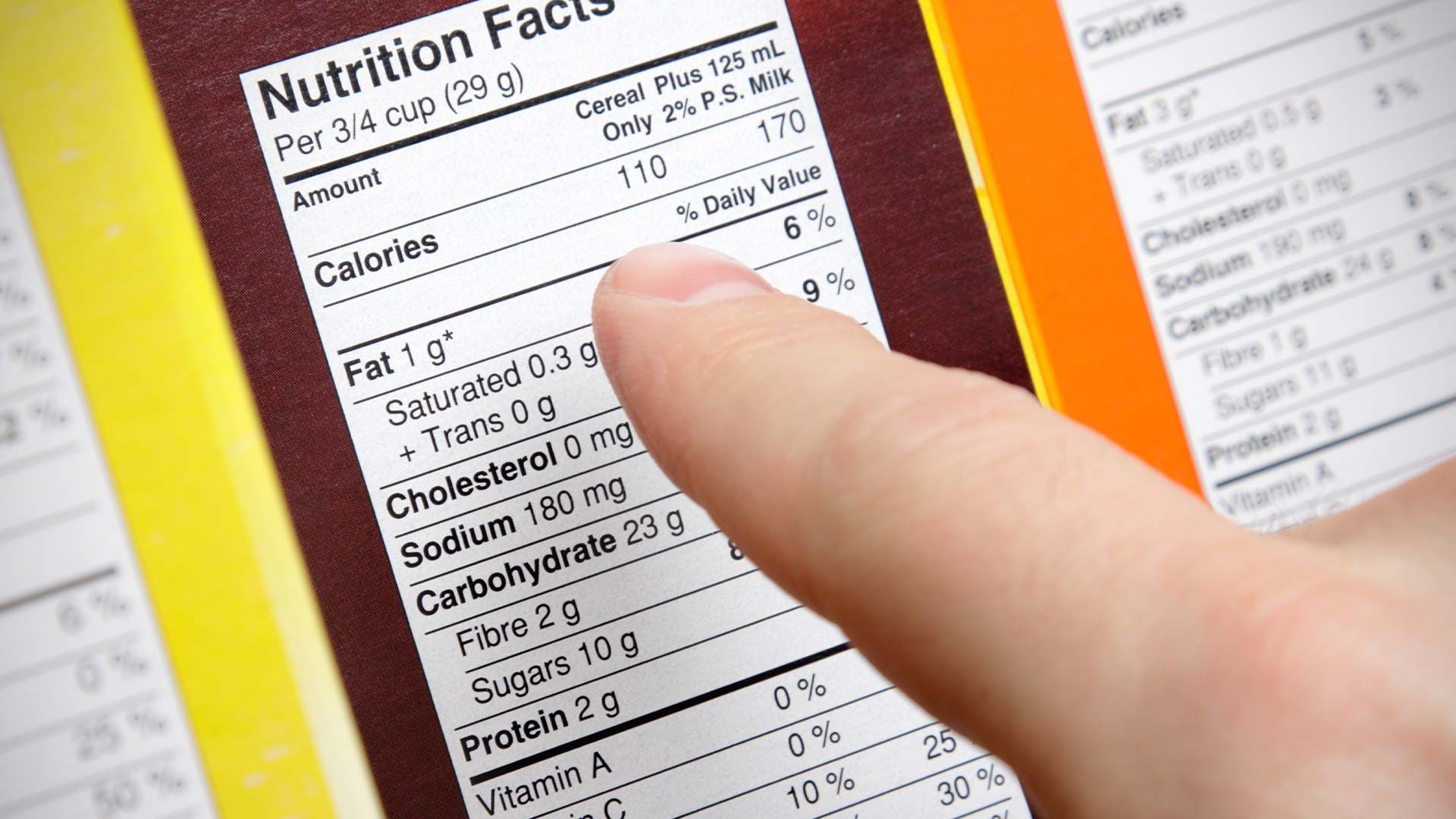Most new gardeners blame pests, weather, or bad luck when plants fail.
But there is one mistake that causes more problems than any other.
It is simple. It is avoidable.
And once you fix it, your garden will do much better.
The #1 mistake is: planting the wrong plant in the wrong place.
In short: not checking your site before you plant.
This includes ignoring sunlight, soil, drainage, wind, microclimate, and seasonal needs.
It looks small, but it makes plants struggle from day one.
This article explains exactly what “wrong plant, wrong place” means.
I will show you how to assess your garden spot in India.
You’ll get practical steps to choose the right plants, prepare the soil, and avoid common follow-up errors.
Everything is in simple English with short sentences for easy reading.
Why this mistake matters more than you think

Plants are not all the same.
Some love full sun and heat. Others need shade and moist soil.
Some plants hate waterlogged roots. Others can sit in soggy soil for days.
If you ignore those needs, plants will be weak. They get pests and disease. They give few flowers or fruits. You will feel disappointed and may give up.
Many beginner gardeners assume soil, sun, and water are “fixable” later.
They buy a pretty plant or start seeds and place them where “there’s space.”
But the plant’s basic needs are not about care or love. They are about match.
Match the plant to the place. That is the secret.
Also Read Easy DIY Terracotta Planters for Sustainable Gardening: Make Your Own Clay Pots at Home in India
How to check your site in 10 simple steps
Before you plant anything, do a quick site check. Spend 10–30 minutes. Make notes.
- Sun map. Watch the spot across a day. Or note sunlight hours. Does it get full sun (6+ hours), part sun (3–6 hours), or shade (<3 hours)? Morning sun is gentler than harsh afternoon sun in many Indian cities.
- Soil feel. Dig a small hole (15–20 cm). Take a pinch of soil. Is it sandy (drains fast), loamy (crumbly), or clayey (sticky when wet)? This tells you what amendments you need.
- Drainage test. Fill the hole with water. Time how long it takes to drain. If it drains in 15–30 minutes — good. If it stays full for hours — poor drainage. If it drains in a minute — very free-draining.
- Wind and shelter. Is the area windy? Rooftop gardens can be windy and dry. Walls and hedges give shelter and warmth. Wind dries soil fast and can damage tender plants.
- Microclimate. A south-facing wall can be warmer. Under a tree may be cooler and wetter. Paved areas reflect heat. Note these micro differences.
- Water access. Where will you water from? How easy is it to connect a hose or use a watering can? Is rainwater harvesting available? Water logistics affect what you can grow.
- Space and depth. How deep is the topsoil? If you have only shallow soil or concrete, plan raised beds or containers.
- Past problems. Has the spot been waterlogged, salty, or contaminated before? Old construction sites may have rubble and poor soil.
- Local pests/diseases. Ask neighbours: what pests are common? Termites, rats, or cutworms can change your plant choices.
- Season calendar. Note your local seasons—hot dry summer, monsoon, cool winter. Plants respond to these cycles in India.
Record what you find. Use it to choose plants that fit.
Choosing the right plants for your place
Now match plants to the site. Use this rule:
- Full sun, good drainage, hot climate → tomatoes, chillies, okra, marigold, jasmine, bougainvillea.
- Part sun, moderate water → coriander, spinach, beans, curry leaf, basil (tulsi).
- Shade or under trees → ferns, peace lily, snake plant, pothos (money plant) in pots.
- Wet or poorly drained → water-loving species like taro (arbi), colocasia, or certain marsh plants (but be careful with roots).
- Rooftop or balcony with wind → reduce soil depth, use low plants, stake tall ones, use heavier pots to stop tipping.
Also consider local/native plants. They are already adapted to your area. They need less care and resist local pests better. Talk to local nurseries about proven varieties in your city or village.
Soil and preparation: small work, big payoff
Good soil makes a big difference. Most Indian soils can be improved cheaply.
- Add compost. Mix in 25–40% well-rotted compost or farmyard manure. Compost feeds soil and improves texture.
- Use coir or cocopeat. It helps water retention in sandy soils and aeration in clay soils.
- Fix drainage. For heavy clay, add coarse sand and organic matter. Raise the bed if waterlogging is a problem.
- pH basics. Most vegetables like neutral to slightly acidic soil (pH 6–7). If your soil is very alkaline or acidic, get a simple pH test kit and amend as needed.
- Mulch. Use straw, dry leaves, or wood chips to keep soil moist and cool. Mulch also reduces weeds and protects roots in heat and cold.
- Container soil. Use a mix of compost, cocopeat, and perlite/sand. Do not use garden soil alone in pots — it compacts.
Spend time here before planting. It saves weeks of sorrow later.
Watering: match the plant, not a fixed routine
Water is life — and also a killer if misused. Two rules:
- Water deeply and less often for most vegetables. This encourages deep roots.
- Avoid shallow, frequent watering that keeps the surface wet and roots shallow. That weakens plants.
In the monsoon, stop heavy watering and protect newly potted plants from too much rain. In hot months, morning watering reduces evaporation. Use mulch to conserve moisture. Drip irrigation is a great long-term investment in water-scarce areas.
Planting and timing: right plant, right season
In India, timing matters. Plant tomatoes and chillies after the last strong rains in many areas. Sow spinach and peas in cooler months. Use local planting calendars for your state—seasonal crops change with climate zone.
If you are new, start with easy, forgiving plants: coriander, mint, amaranth, okra, snake plant, pothos, and marigold. These are cheap, resilient, and teach you basics fast.
Care and problem-solving: what to watch for
- Poor growth? Re-check site match and soil. Add compost and correct watering.
- Yellow leaves? Could be overwatering, poor drainage, or nutrient deficiency. Check root health.
- Pests? Use hand-picking, neem oil sprays, or soap sprays for mild infestations. Match plant choice because strong native varieties resist pests more.
- Blossom drop or few fruits? Often due to heat stress, poor pollination, or nutrition gaps. Give shade cloth in mid-summer if needed and balanced fertilizer.
Observe daily. Small changes early fix big problems.
Easy checklist: avoid the #1 mistake
- Do a site check first (sun, soil, drainage, wind).
- Choose plants suited to those conditions.
- Improve soil with compost before planting.
- Mulch and water smartly.
- Start small and learn one bed or set of pots at a time.
- Keep a garden notebook. Note planting dates and results.
FAQs for Indian gardeners
Q: How much sun do vegetables need?
Most fruiting vegetables need 5–8 hours of direct sun. Leafy greens do well with 3–5 hours or bright shade.
Q: My soil is heavy clay. Can I still grow vegetables?
Yes. Improve drainage with compost and coarse sand. Or use raised beds with a good soil mix.
Q: When is the best time to plant tomatoes in India?
It depends on your zone. In many places, plant tomatoes after the worst rains, so young plants don’t rot. In cooler regions, plant in spring.
Q: How do I know if a plant is getting too much water?
Yellowing lower leaves, a soggy smell from the soil, and soft roots are signs. Cut back watering and improve drainage.
Q: Are native plants better than exotic ones?
Native plants are often easier to grow and better for local wildlife. But some exotics perform well too. Balance your choices.
Final words
New gardeners often fail because they fall in love with a plant without checking the place.
Do the site check first. Match plants to light, soil, and water.
Prepare the soil well. Water wisely. Choose local varieties.
This one habit removes most early garden failures.
Start small. Learn from each season. Enjoy the process — and watch your garden thrive.

